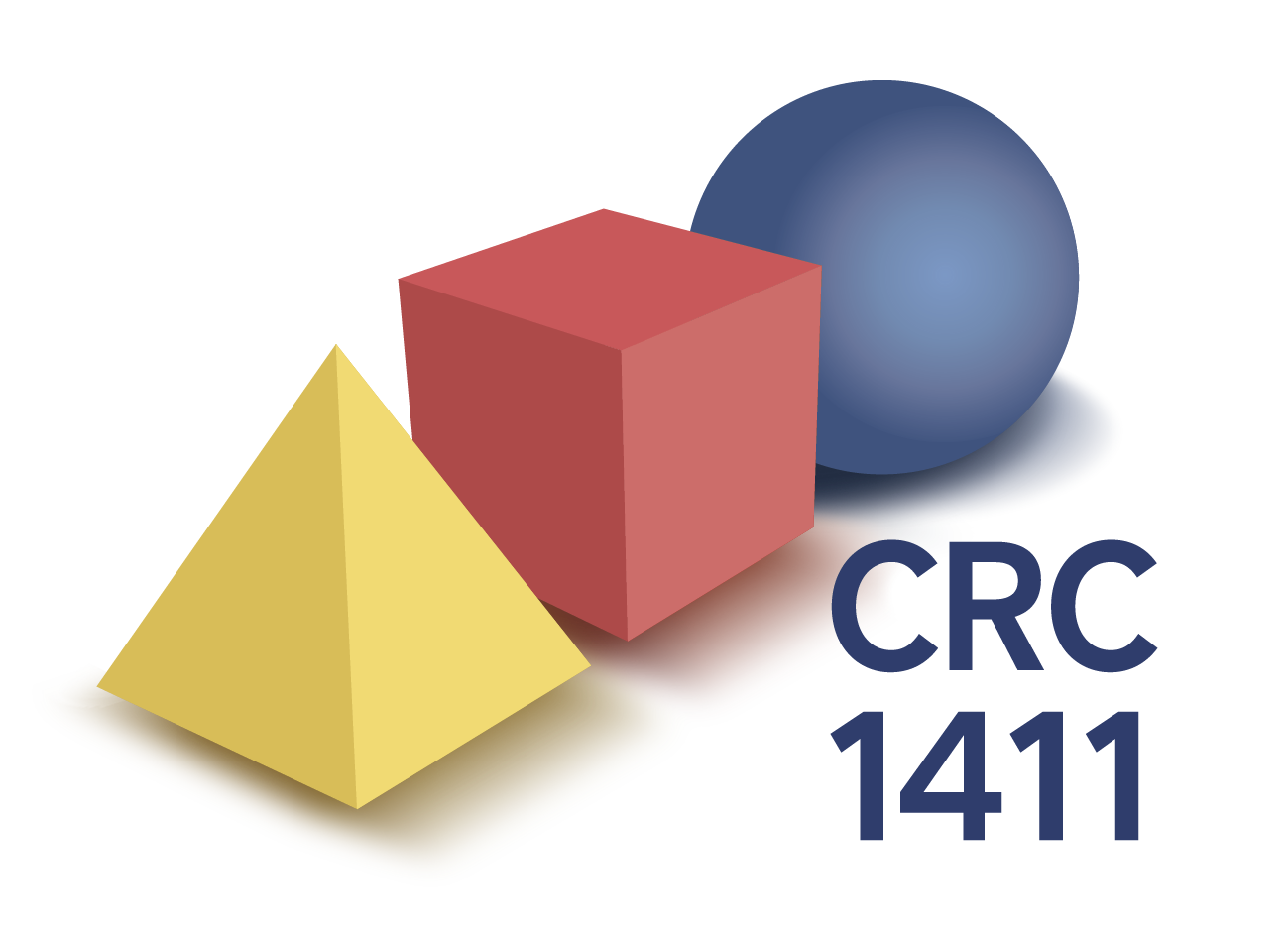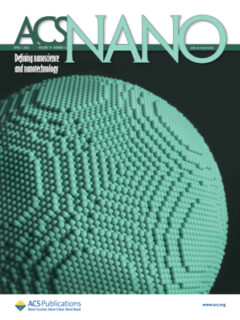Kicking Out the Magic: When Colloids Score a Football Formation
In a new study featured on the cover of ACS Nano, researchers from the Collaborative Research Center (CRC) 1411 have revealed that “magic number” arrangements in colloidal clusters vanish beyond a certain size. Led by CRC 1411 Principal Investigators Prof. Michael Engel, Prof. Nicolas Vogel and Prof. Erdmann Spiecker, the interdisciplinary team combined colloidal self assembly, advanced imaging and theoretical modeling, to investigate how colloidal particles arrange from a few hundred to several hundred thousand building blocks.
Magic number clusters exist as minimum energy structures and form highly symmetric, closed-shell structures under spherical confinement. Surprisingly, the researchers found that once these assemblies grow past a threshold, the closed-shell symmetry breaks down and a new “football” shape arises—still icosahedral but marked by surface terraces rather than smooth shells. They rationalize this finding by a geometric model that shows that this breakdown is inevitable. This transition highlights an underexplored realm between finite-cluster and bulk-crystal behavior, raising fundamental questions about how surface energy, entropy, and geometric constraints interplay at larger scales.
This finding resonates with the core mission of CRC 1411: the predictive design of particulate products. By pinpointing when and why magic number configurations fail, the study provides valuable structure-property information and fundamental insights into structure formation processes that lead to functional products.
More details:
Wang, J., Martín-González, J., Römling, L.J., Englisch, S., Mbah, C.F., Bommineni, P., Spiecker, E., Engel, M., & Vogel, N. Breakdown of Magic Numbers in Spherical Confinement ACS Nano, 2025. https://doi.org/10.1021/acsnano.4c11099
In simple words…
Imagine a bunch of super tiny balls that like to stick together in a perfect way—like the solution to a magic puzzle. When there aren’t too many balls, they form a smooth, round shape (that’s what scientists call the “magic number” arrangement). But when more balls join the party, the perfect shape breaks apart and turns into a cool, bumpy football shape. Scientists caught this surprising switch in the act and this knowledge could help build cool new materials and gadgets in the future!

